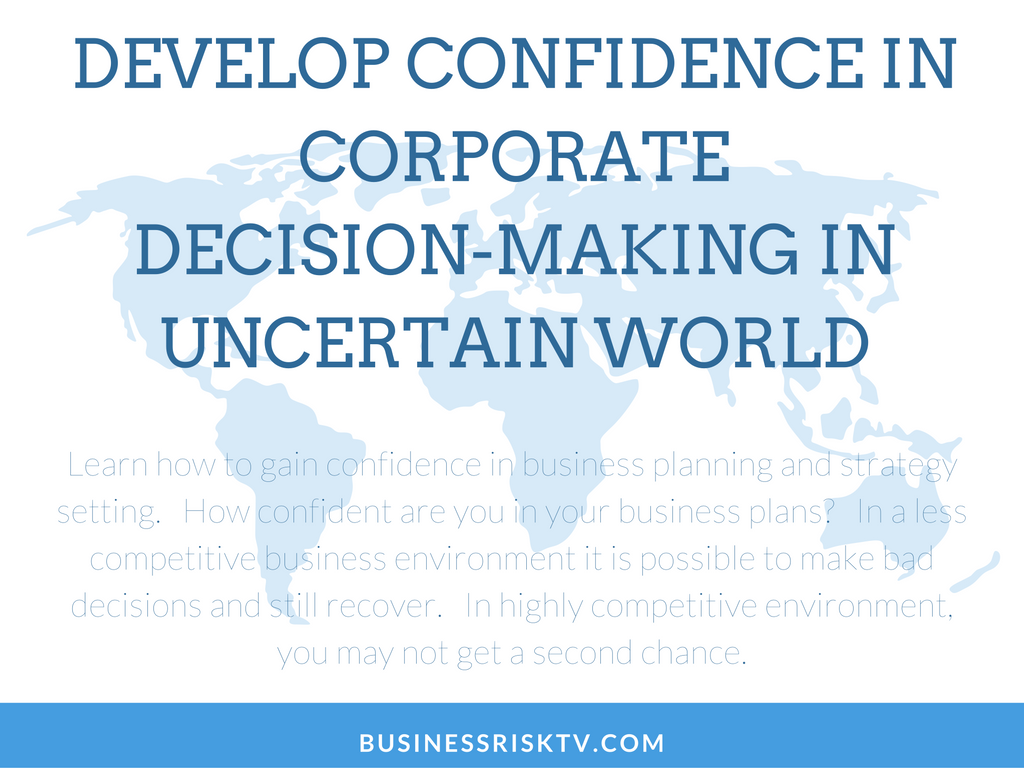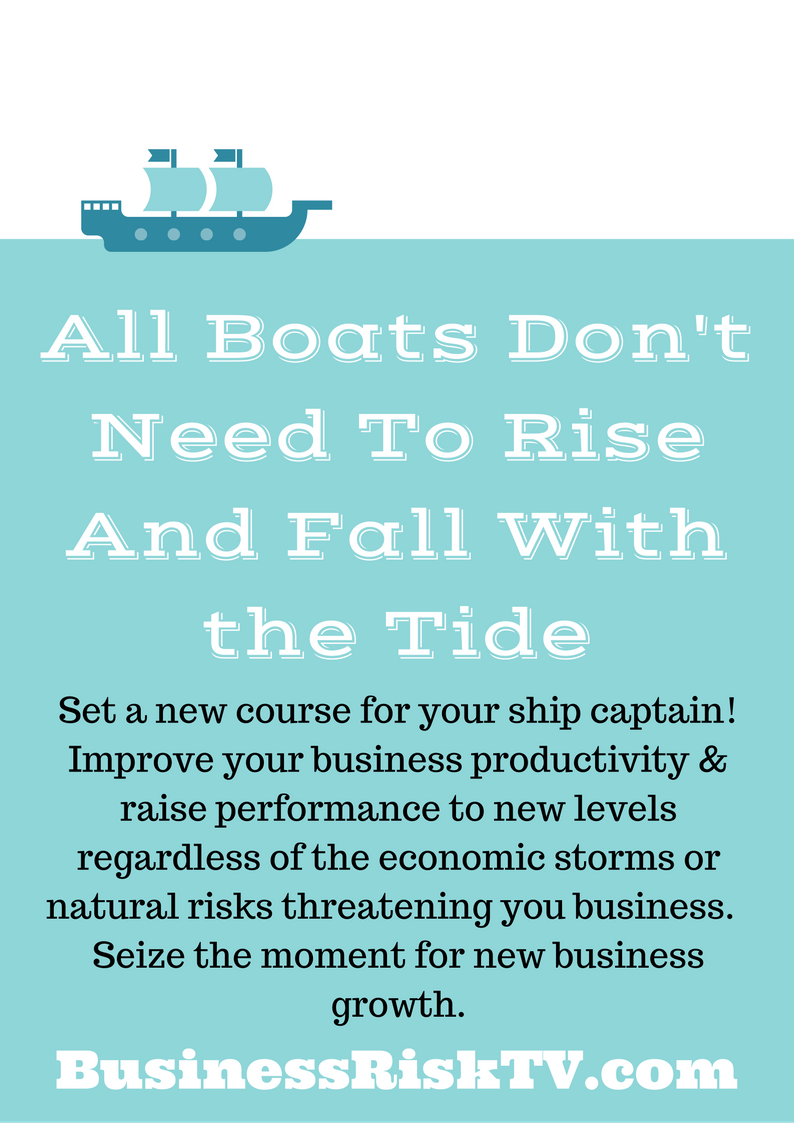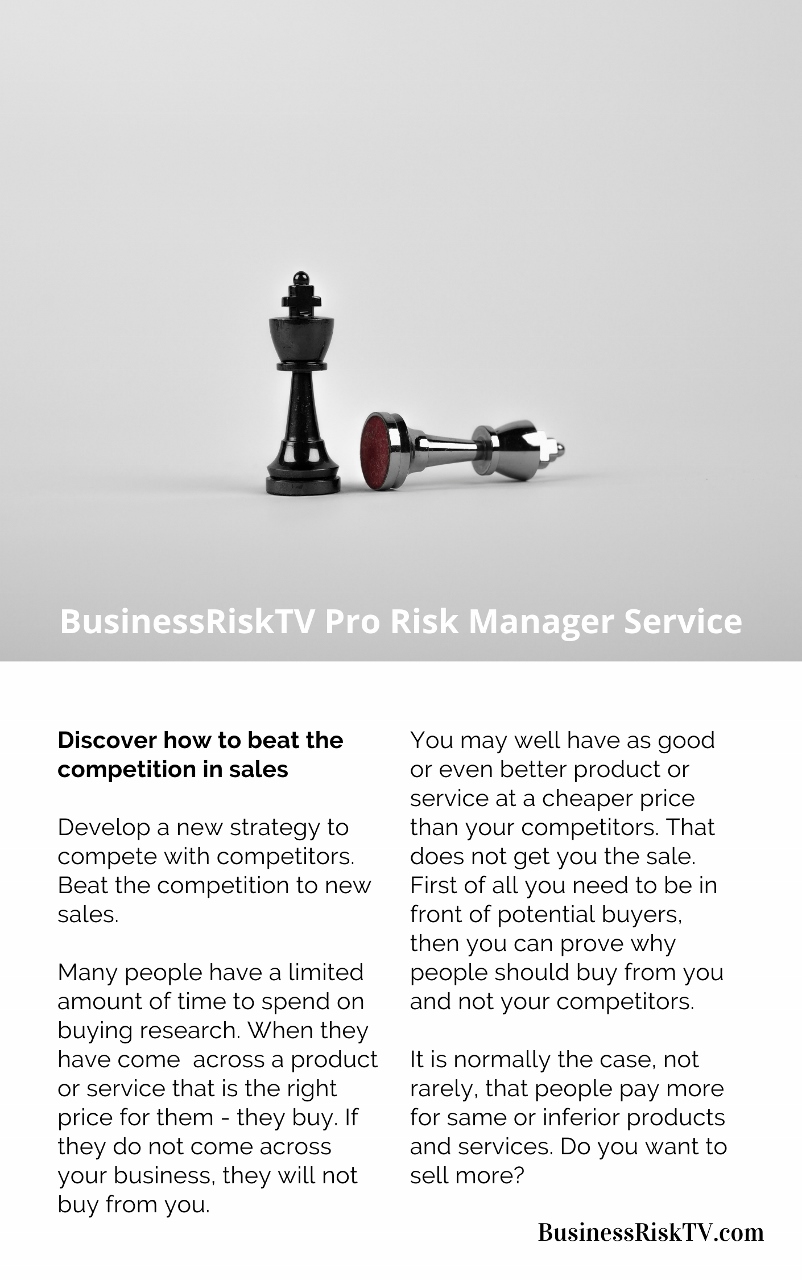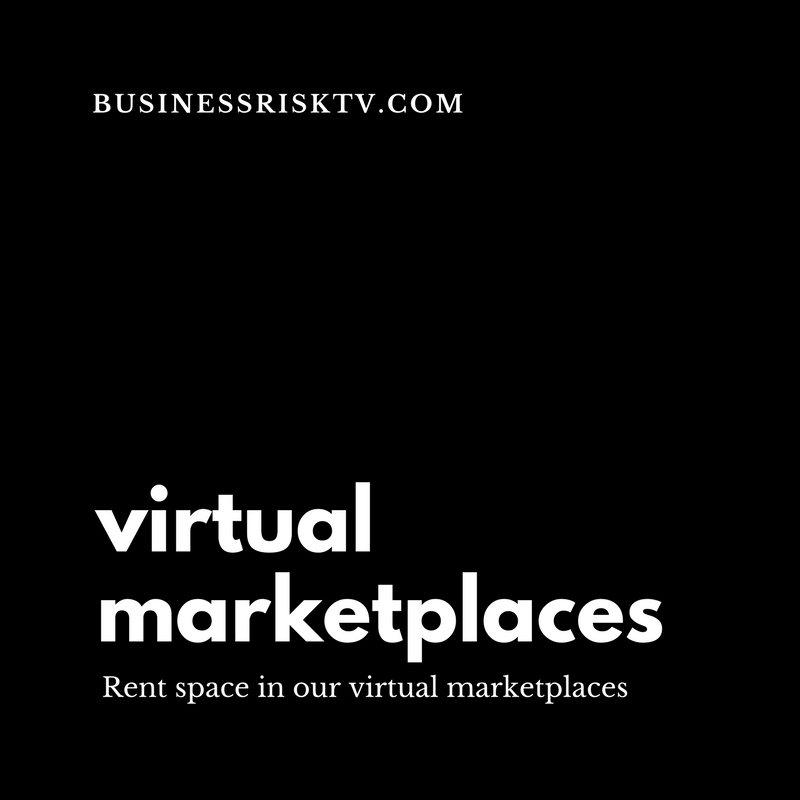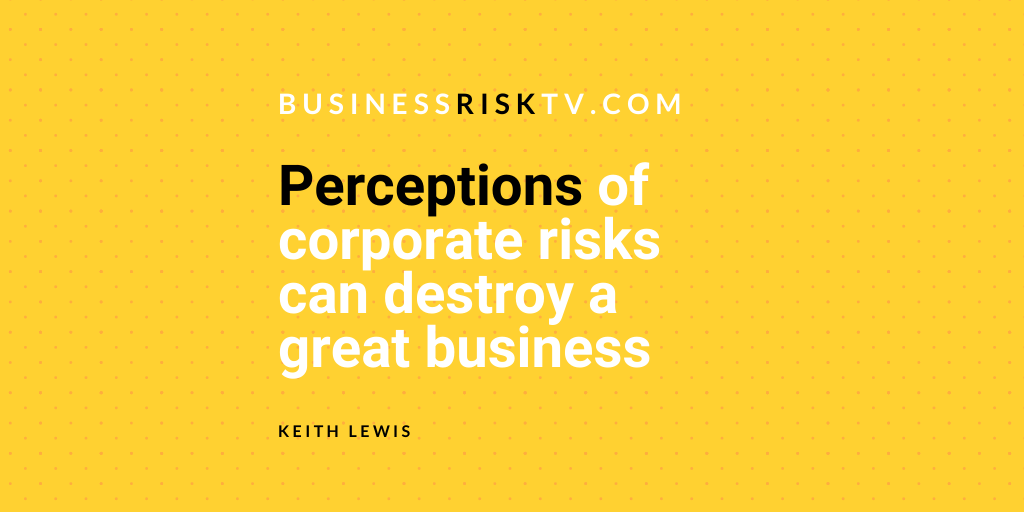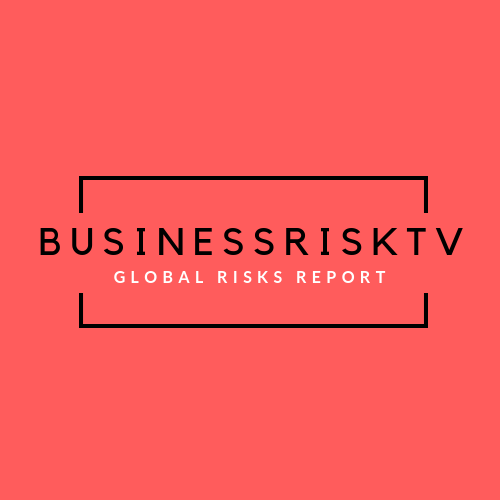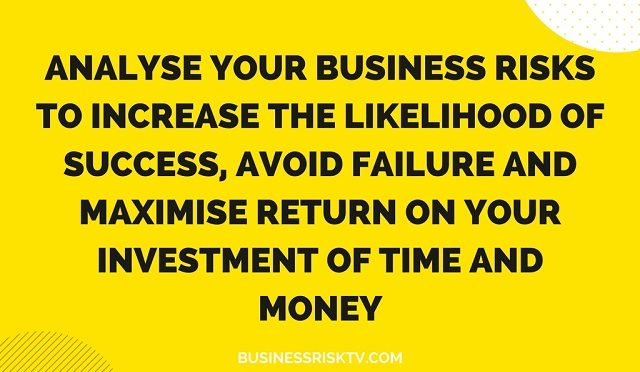Recruiting in the UK: Battling the Hydra of Unfilled Vacancies
The UK’s job market is booming, unemployment is down, and businesses are crying out for talent. But amidst this apparent abundance, a hidden monster lurks – the hydra of hard-to-fill vacancies. These positions, like mythical beasts, seem immune to traditional recruitment methods, leaving employers frustrated and productivity stalling. As a UK recruitment expert, I’ve seen this struggle firsthand, and here I aim to identify the 10 most ferocious heads of this hydra, delving into why they’re so challenging to tame and offering practical tips for employers seeking to slay these recruiting dragons.
1. The Tech Titans:
Leading the charge are the Software Engineers, Architects, and Developers – the digital alchemists turning ideas into silicon gold. Their specialised skills are in high demand across industries, from fintech to healthcare, but their supply remains limited. The allure of remote work and lucrative US opportunities further complicates the hunt. Tips: Upskill existing employees, embrace flexible work arrangements, and highlight your company’s innovative projects to attract tech talent.
2. The Carers Conundrum:
On the opposite end of the tech spectrum lies a critical, yet under-valued, head: the Care Assistant. The ageing population relies heavily on these compassionate souls, but low wages, high pressure, and emotional strain make recruitment a constant struggle. Tips: Advocate for improved pay and working conditions, invest in training and development, and showcase the rewarding nature of care work.
3. The Culinary Conundrum:
From Michelin-starred kitchens to bustling bistros, the aroma of unfilled vacancies hangs heavy in the air. Skilled Chefs are a rare breed, demanding both culinary artistry and managerial acumen. Long hours, intense pressure, and limited career progression push many away. Tips: Offer competitive salaries, flexible work schedules, and opportunities for learning and development. Emphasise the creative freedom and satisfaction of crafting culinary masterpieces.
4. The Customer Service Centaurs:
The ever-demanding realm of Customer Service requires a mythical blend of patience, problem-solving, and communication skills. Yet, these modern-day centaurs are often undervalued and overworked, leading to high turnover and recruitment woes. Tips: Foster a positive work environment, invest in employee training, and empower your customer service heroes with autonomy and decision-making power.
5. The Construction Hydra:
Brick by brick, the UK’s construction industry faces a skills shortage. From Bricklayers and Electricians to Carpenters and Plumbers, skilled tradespeople are in high demand. The perception of physically demanding work and limited career prospects discourages potential recruits. Tips: Partner with training institutions, offer apprenticeships and attractive career paths, and highlight the competitive salaries and job security of the construction sector.
6. The Logistics Labyrinth:
Keeping the wheels of the UK economy turning are the heroes of the Logistics industry. From HGV Drivers and Warehouse Operatives to Logistics Coordinators, their invisible hand ensures goods flow seamlessly. However, long hours, unpredictable schedules, and physically demanding work make recruitment a logistical nightmare itself. Tips: Offer flexible work arrangements, invest in automation to reduce physical strain, and showcase the vital role logistics plays in keeping society running.
7. The Digital Detectives:
In the ever-expanding digital realm, Cybersecurity Specialists are the knights safeguarding our data and infrastructure. Yet, their specialised skills are scarce and constantly evolving, making recruitment a game of cat and mouse against cybercriminals. Tips: Partner with universities and cybersecurity training programs, offer competitive salaries and opportunities for professional development, and emphasise the critical role of cybersecurity in protecting our digital world.
8. The Scientific Squad:
From geneticists to engineers, the UK’s Science, Technology, Engineering, and Mathematics (STEM) sectors face a talent gap. The perception of complex studies and limited career options deters students, leaving research labs and engineering projects understaffed. Tips: Make STEM education more engaging and accessible, showcase the real-world impact of scientific research, and offer internship and apprenticeship programs to foster early interest.
9. The Medical Mages:
The healthcare system’s beating heart – Nurses, Doctors, and other Medical Professionals – are battling burnout and staff shortages. Long hours, emotional stress, and complex bureaucracy make these vital roles even harder to fill. Tips: Invest in staff wellbeing, improve working conditions, and offer flexible work arrangements. Advocate for better pay and career progression opportunities to attract and retain medical professionals.
10. The Education Architects:
Shaping the minds of future generations, Teachers are facing unprecedented challenges. Low salaries, lack of autonomy, and an increasingly demanding work environment make this noble profession less appealling. Tips: Invest in teacher training and support, empower educators with decision-making power, and showcase the creative freedom and rewarding impact of teaching. Emphasise the vital role of education in shaping a better future.
Conquering the Hydra:
These 10 heads are just a glimpse of the hydra of unfilled vacancies. While the challenges are real, so are the solutions. By understanding the reasons behind the talent shortage, embracing innovative recruitment strategies, and investing in employee well-being and development, employers can slay these recruitment dragons and attract the talent they need to thrive. Remember, conquering the hydra requires not just brute force, but also cunning, adaptability, and a commitment to fostering a work environment where talent can flourish.
Get help to fill job vacancies in the UK
Subscribe for free business risk management alerts and risk reviews
Read more business risk management articles


